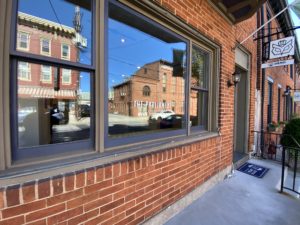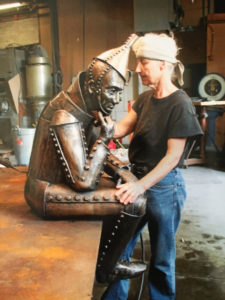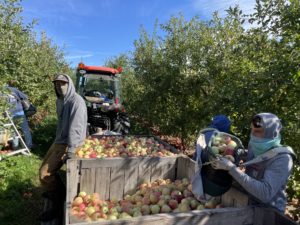Religious group sought peace in the Bermudian Valley
Markey Cemetery
Julius Lane, Dover, Pa.
The situation
There’s a story that has come down through Washington Township families about a boy or young man who went to work on a farm of a family who worshipped God on a Saturday, the seventh day of the week.
He came from a family who met on the traditional Christian worship day, Sunday, the first day of the week.
He was pleased with this arrangement. It gave him two days of Sabbath rest — both Saturday and Sunday — in a farming community where such time off was a luxury.
Or the story could have been the other way around, said Glenn Julius, longtime resident of this western York County township. The worker could have come from a family who worshipped on Saturday and thus enjoyed Sunday off, too.
That was about the only thing the 99-year-old was not sure of in an interview that touched on the relationship of the Seventh Day Baptists, a settlement emerging from the Ephrata Cloister, and a congregation known today as Bermudian Church of the Brethren.
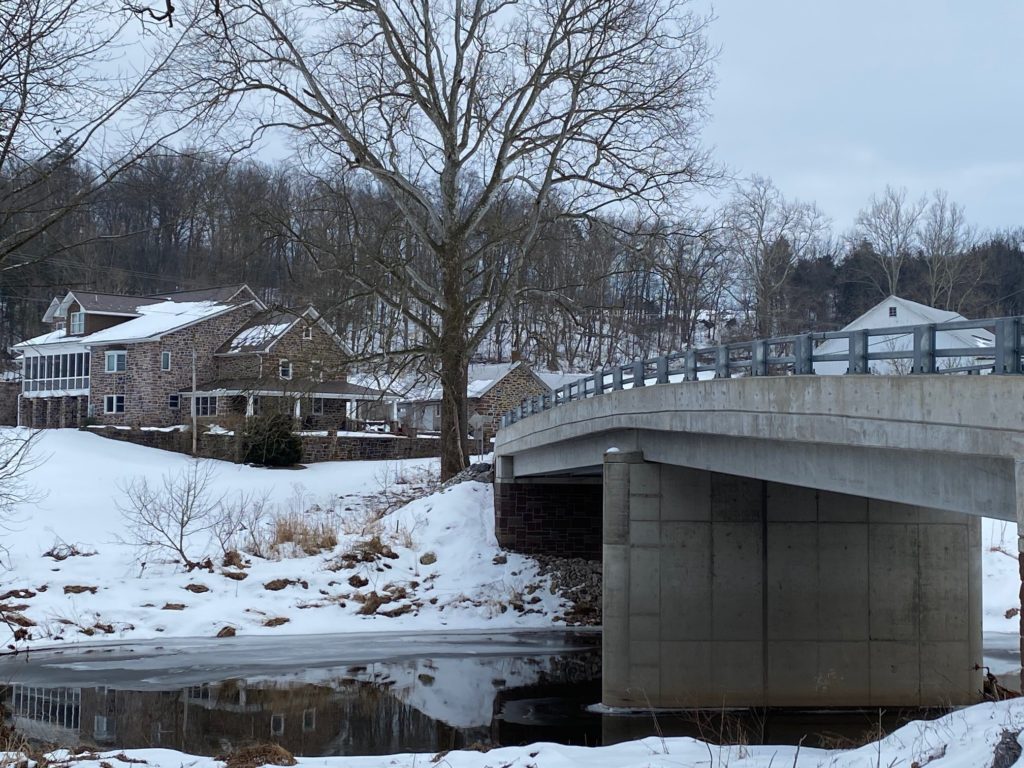
The story of the farmworker shows how two groups coming to America in the 1700s to, in part, escape religious persecution could work things out, even while living near each other.
The two Protestant groups differed on two major points: the day of the week that the Bible required worship and attentiveness to the Advent, or second coming of Jesus. That Adventist theology, as it’s called, was a hallmark of the Seventh Day Baptist beliefs as was Saturday worship.
We explored in Part I, Sect seeks peace in the Bermudian Valley, about how the two groups eventually intermarried and the Seventh Day Baptist group became part of the Bermudian Church of the Brethren by about 1820.
Glenn Julius was primarily responsible for leaving a reminder of those days that the Bermudian Settlement was part of a network of Seventh Day Baptist communities coming from Ephrata and settling in Snow Hill, Franklin County; Salemville, Bedford County; and elsewhere.
He restored a family cemetery on the Markey Farm in this fertile land between the Bermudian and Big Conewago creeks that includes the resting place of members of the Bermudian Settlement or their descendants.
In our interview, Glenn Julius eagerly spoke about getting out when the pandemic eases to show the places with great meaning and historic import in this rolling area that you pass through after crossing the Big Conewago on Davidsburg Road near Detters Mill.
He will be 100 on Aug. 25, and he and his wife, Grace, 93, live in their longtime home near Bermudian Creek.
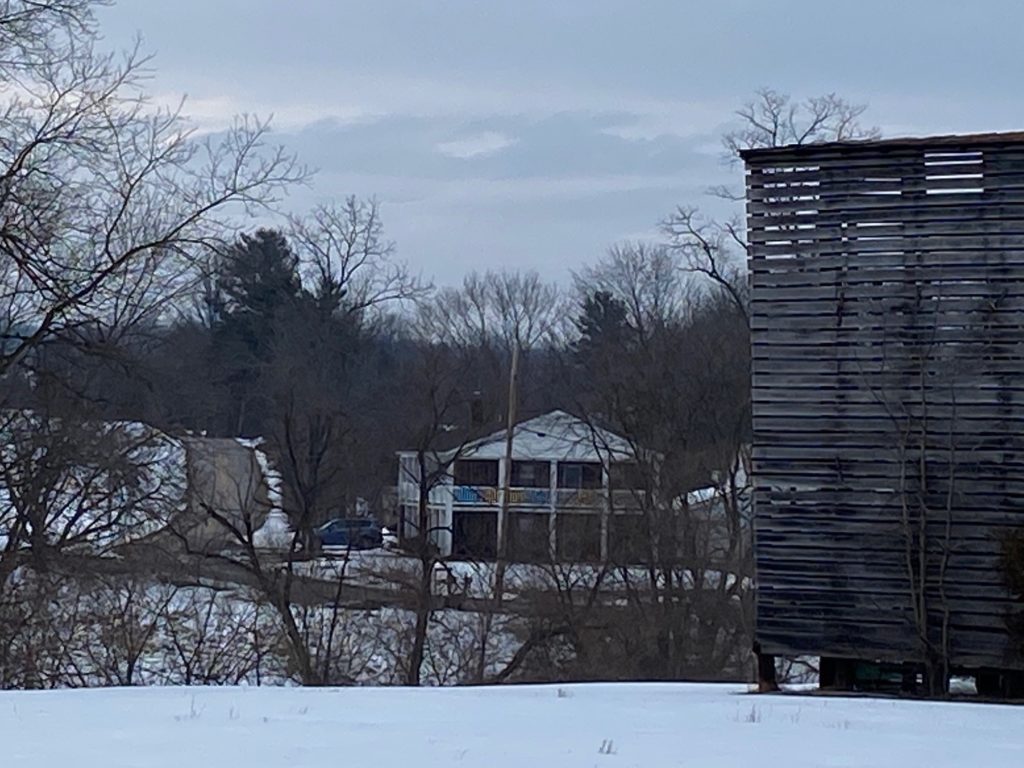
The witness
Here are notes from the interview with Glenn Julius, who has lived in the Bermudian Valley all his life:
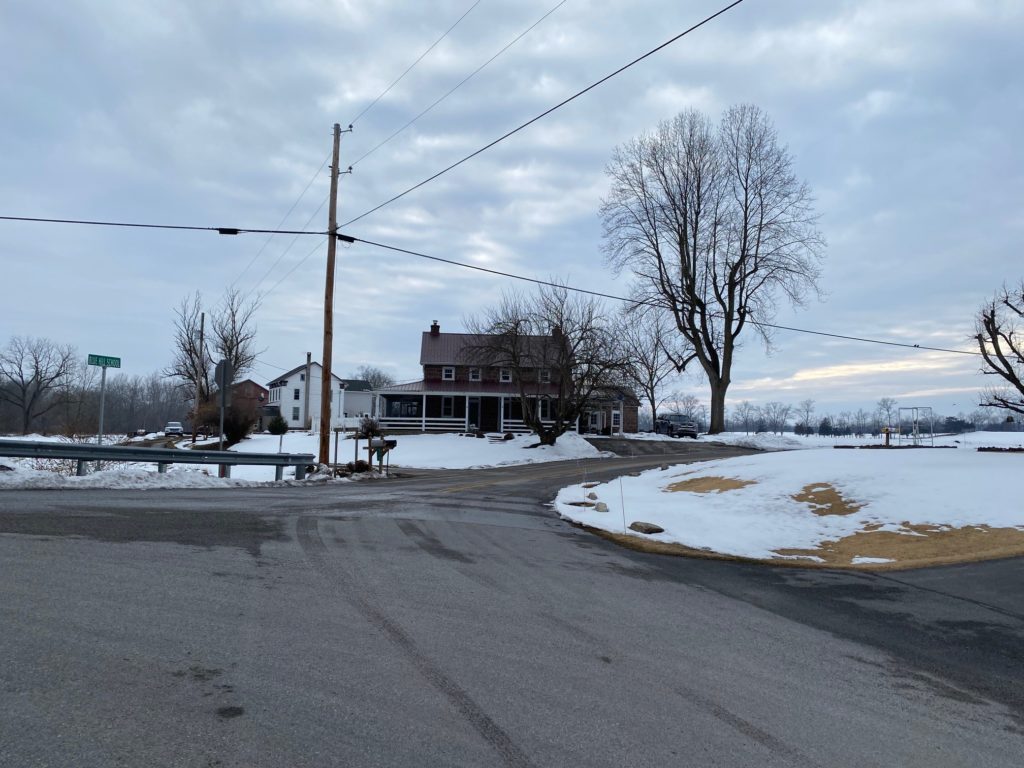
- The Markey Cemetery was overgrown and in “deplorable condition,” with trees growing among the markers. He removed the headstones, including a couple of buried markers, and used machinery to remove the trees and stumps. He then reset the markers in cement. They are positioned close to each other, not necessarily on the same place where they originally stood.
- The cemetery is a family burial site; descendants of Peter Wertz are buried there. The Markeys are descendants, so it’s called Markey Cemetery. Julius also is in Wertz’s lineage. “We placed him front and center,” Julius said.
- In addition to the Markey Cemetery and one at Bermudian Church of the Brethren, the only other old cemetery that Julius is aware of is the Deardorff Cemetery, which he believes is mainly the resting place for its namesake family.
- Some of the houses in that region, Julius said, date to the 1700s. One house has a feature — a drain running through a wall — that Julius has seen at Ephrata.
- Two other major Protestant denominations, both German, met in that region for many years: the German Reformed and Lutherans at Red Run Church. Julius said Red Run, today an independent church, and Bermudian Church of the Brethren have met in worship on special occasions. In Julius’ lifetime, the two congregations have enjoyed a good relationship.
- This is another example of two Protestant denominations with different doctrines worshipping in this region. The United Church of Christ and the Lutherans both practice infant baptism. The Lutheran congregation ceased to meet in 1986. The Brethren practice believer’s baptism, for those generally 13 years in age and older.
- Bermudian Church conducts its baptisms in the creek running behind its brick church building and its modern multipurpose facility. The water is deep enough for immersion, the complete covering of the body during baptism. This practice has brought this denomination the name “Dunkards.”
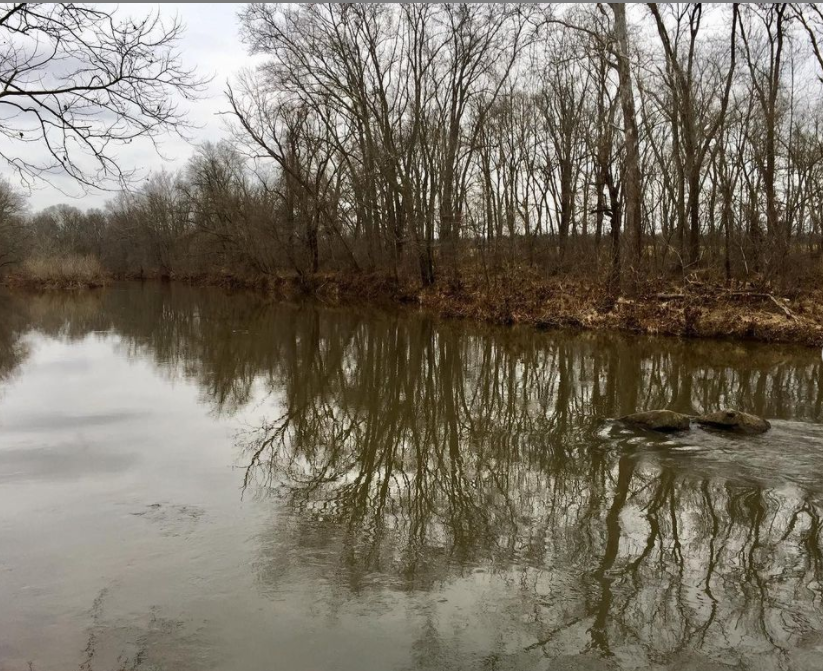
Julius said that sometimes congregants sit on the benches in an outdoor chapel overlooking the baptismal pool.
Those are the same waters used for this purpose by both the Seventh Day Baptists and Church of the Brethren congregants for about 300 years.
The questions
Glenn Julius highlighted an important lesson he’s learned in his 99 years of life: Slow down to visit places that matter. In How Modernity Forgets, anthropologist Paul Connerton argues that we tend to quickly purge the past, turning our attention toward the present or even future at history’s expense. While planning for the future is important, we also need to take time to visit historic places we would normally fly past on our evening commute.
What meaningful places can you visit this weekend? How can we find more time to appreciate our culture, our history, and our people?
A good starting place is the interactive map on the main page of this website. Find a location that sparks your interest, go there, and read more about it on your mobile device while witnessing the location first-hand.
Related links and sources: June Burk Lloyd’s Solomon Meyer: Printer and Politics; James McClure’s “I saw it in the paper,” 200th anniversary YDR special section, 1996; Ephrata Cloister history, YDR files; Part I, Bermudian Valley. Photos by Jim McClure, Joe McClure.
— By JAMIE NOERPEL and JIM McCLURE

